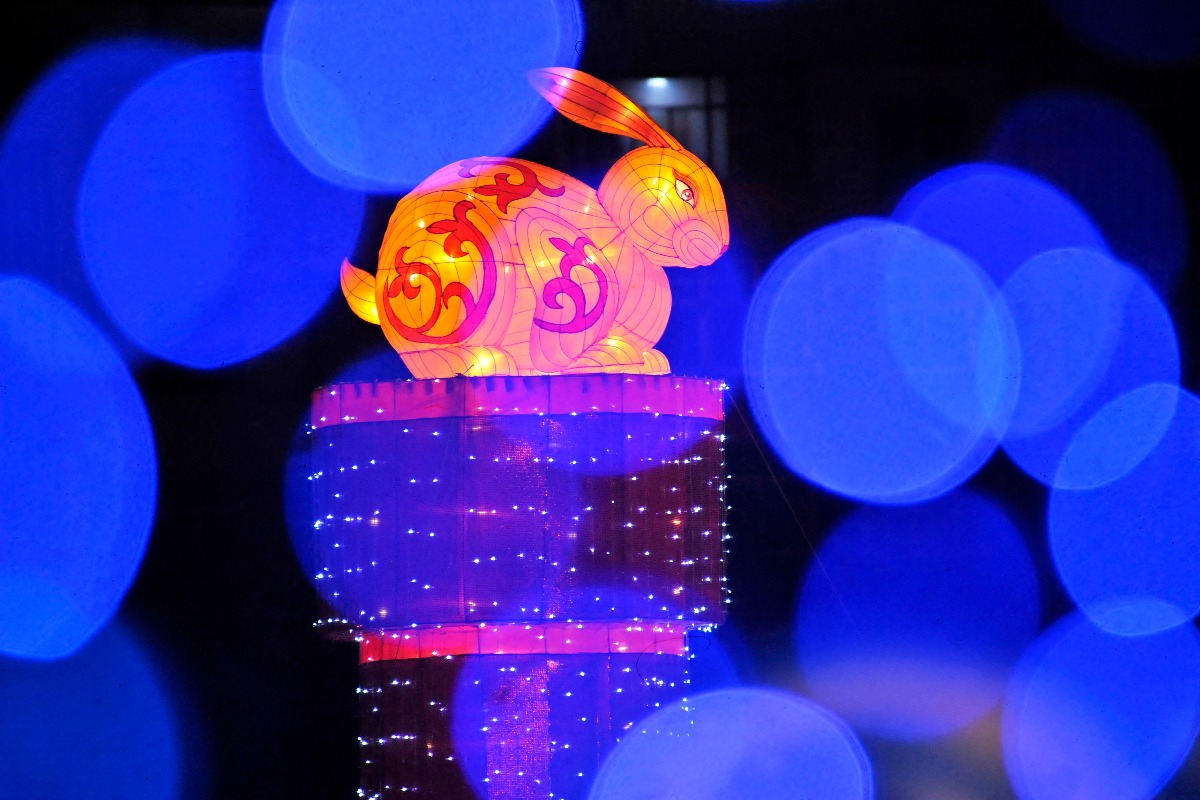
The last day of the year, the eve of the New Year, falls on 21 January 2023, when families stay up late after dinner to wait for midnight, the start of the New Year. Families come together to celebrate the end of the New Year, play traditional games, chat and watch the Lunar New Year gala. The celebration also includes a firecracker-throwing ceremony to scare away evil spirits. At midnight, all the doors and windows of the house are opened to let the departing year go.
The traditions of the Lunar New Year date back thousands of years, but as the years go by, customs change and new traditions emerge. One of these is the Chinese New Year Gala. It is broadcast by China Central Television (CCTV) and is one of the most important television events in China. The 2021 show was watched by almost 1.2 billion people worldwide.
The Spring Festival marks the beginning of spring and the new year, and is an occasion for extended families to gather, give gifts and shower each other with good wishes. On the other hand, it is a time to bid farewell to the old year, to rid themselves of its ills and to try to ensure good luck for the new year.
The Lunar New Year starts on 22 January and ends on 5 February with the Lantern Festival. Spring Festival is a time of celebration for attracting and keeping good luck and good fortune, which involves serious traditions and taboos.
Spring Festival is a time of change and new beginnings. Virtually every activity during the Spring Festival aims to see out the old and welcome the new. Forgetting misfortunes and preparing for good fortune. In addition, wearing new clothes is also of great significance as they symbolise renewal, especially if they are red. Red is the colour of abundance, good luck and wealth, which is why it is the base colour for all New Year's decorations. Red flags, wall hangings, pictures and lanterns are placed everywhere to ensure the family thrives.
As with Chinese New Year activities and decorations, food is also prepared to bless the coming year. Both the name and the appearance are symbols of prosperity, happiness and good wishes. According to the legend of the origin of the Spring Festival, this is when the monster Nian came and terrorised the villages. People hid in their homes, prepared a feast as an offering to the ancestors and the gods in return for protection, and hoped for the best.
Another New Year custom is the gift of a ‘red bag’ (hong bao/红包): banknotes are placed in an ornate red envelope and given mainly to children. Nowadays, you can give a red envelope to practically anyone on New Year's Day. Thanks to technology and platforms such as WeChat and Alipay, digital red envelopes have become the new trend, which can also be sent to distant friends and relatives.
On 22 January 2023, the Year of the Rabbit will begin. The shift in energy will be significant as we exit 2022, the energetic Year of the Tiger, and move into the more patient and gentle Year of the Rabbit in 2023. The Chinese zodiac, like the Western zodiac, is made up of twelve signs, each represented by an animal or magical being. In Western astrology the signs pass through the twelve months each year, but in Chinese astrology each sign is given a full year to itself, and a cycle lasts twelve years. Chinese astrology also includes five elements: water, metal, wood, earth and fire; so the zodiac moves through a different element each year. The Year of the Water Rabbit promises a period of rest and reflection after the dynamic Year of the Tiger.
In Chinese culture, the rabbit is associated with the moon. An ancient Chinese legend has it that the Jade Emperor disguised himself as a poor beggar to find a trustworthy helper. The rabbit offered himself as food to the starving beggar by jumping into the fire. The Jade Emperor revealed his true self and took the selfless rabbit to the Moon, where together they created the elixir of life.
Main taboos:
Typical dishes:
The author is a researcher at the Eurasia Center of John von Neumann University.